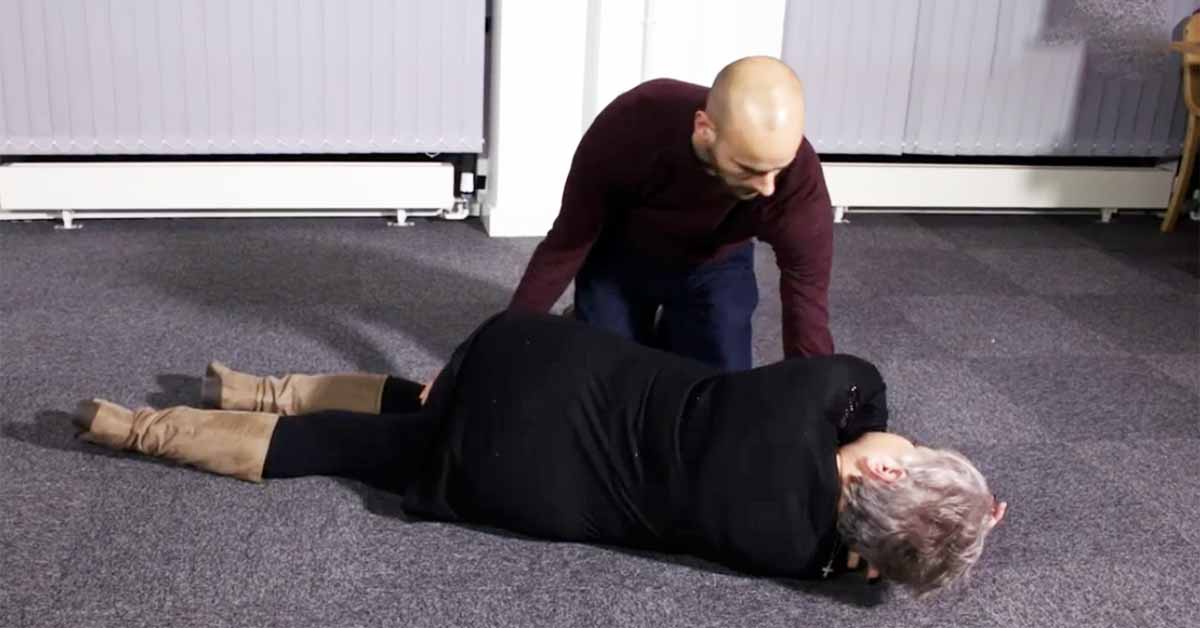So you know all about anaphylaxis, a severe, life-threatening reaction to food, medicine, insect venom, or environmental allergen. You’ve learned that administering epinephrine immediately is associated with better outcomes and that emergency medical services (EMS) must be summoned by calling 911.
But what you do while waiting for the EMS responders to arrive may significantly impact how the patient fares.
While continuously observing the patient to determine whether a second dose of epinephrine is necessary, it is important to position them correctly to help avoid shock and ensure their breathing remains unobstructed.
This video by The First Aid Show describes the various positions a patient should be placed in depending on their physical state:
To summarize:
- When administering epinephrine, the patient should be comfortably seated or lying flat. They may be more comfortable lying in a semirecumbent position on the floor with their back elevated resting against your knees or other soft support such as pillows if available;
- If the patient complains of feeling dizzy or weak or appears clammy or sweaty, they may be experiencing the effects of low blood pressure, a hallmark symptom of anaphylaxis. Lay them down and raise their legs using a chair to help the blood flow back to the head, important to help them maintain consciousness;
- Should the patient complain of nausea, position their head to one side to prevent them from choking on their own vomit in the event they throw up;
- If the patient loses consciousness, move them to the recovery position:
- Place them on their back;
- Take the hand closest to you and place it at a 90° angle from the body by bending the elbow;
- Lean across them and pull their other hand across their body and hold it against their face on the side nearest to you;
- With your other hand grip their leg furthest away from you and lift it so that the foot is flat on the floor. Move your hand on the far side of the knee and pull them towards you using the leg for leverage while keeping their head supported with your other hand;
- Remove your hand from their hand and open their airway by tilting the head back;
- Adjust their leg position to ensure proper circulation, which will also support them better;
- Check they are breathing and that their airway is open, continuing to closely monitor them until the EMS arrives. Cover them with a blanket to keep them warm if one is available;
- If at any point the patient stops breathing, administer CPR.
There are two important points to remember:
- The patient should not sit up suddenly, stand, or walk as this may result in a significant drop in blood pressure exacerbating their condition;
- Even if they feel better, they must visit the hospital for observation to ensure that a biphasic reaction does not occur.





